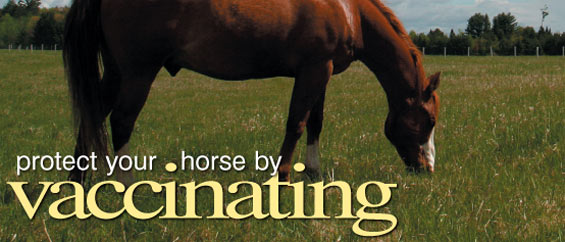You can tell what a horse is thinking by the
position of their head and neck, their stance, their ears, and their tail and
legs. You can tell if your horse is content and relaxed, friendly, alert,
unfriendly, fearful, hyper, or sick.
Content
and Relaxed: when a horse is relaxing they usually
have one of their hind legs resting. Their head and neck in a lowered position.
Their eyes may be somewhat closed, their ear look relaxed and may tipped to the
side. Their muscles are relaxed. When a horse is relaxing it’s because they
feel safe and secure.
Friendly:
when a horse is friendly they tend to have their ears up and forward, their
head is up and, their eyes look interested, but their muscles are relaxed.
Alert:
when a horse is alert their ears are up and forward so they can hear clearly.
Their head is up so they can see and their nostrils are open so they can take
in scents in the air. They tend to be standing perfectly still but there is no
fear in their eyes.
Unfriendly:
when
a horse is unfriendly their head is low and they are reaching aggressively with
their muzzle. They may be showing teeth and have their ears back. Their eyes
will be cold and glaring and their nostrils will be pinched and wrinkled.
Fearful:
when
a horse is fearful they look as if they are ready to flee. Their head and neck
are up and alert. Their eyes are wide open and are looking at the danger. Their
muscles are tense and ready if they need to start running.
Hyper:
when a horse is hyper they are just playful and have confident facial
expression. Their head is up and they are running around and their tail may
even be up.
Sick:
when
a horse is sick they will be lying down or be standing still. Their ears will
be back and their head
down. If they do walk they may not want to walk and they
may stumble.



























